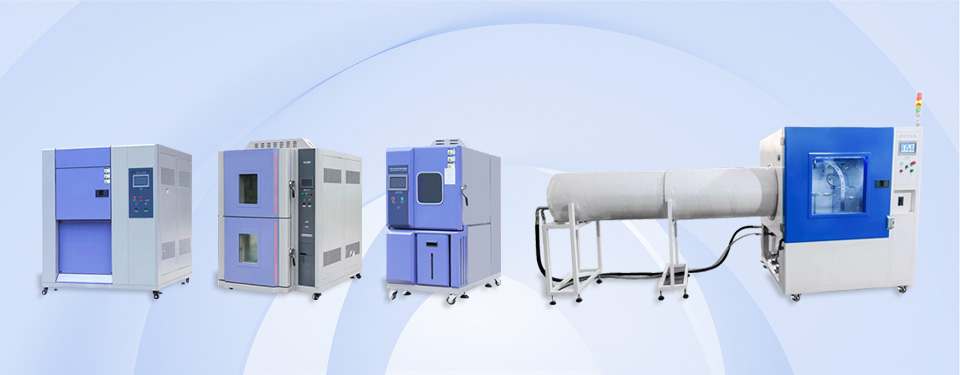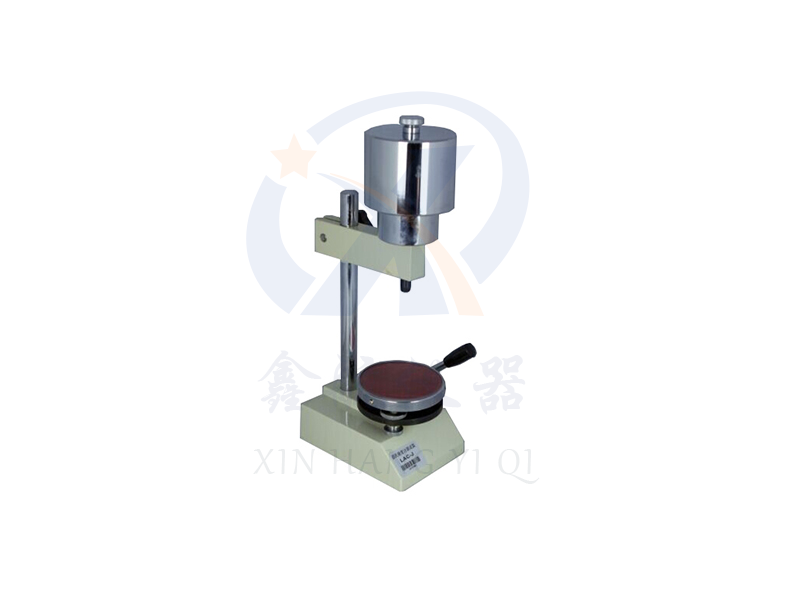[Product Features]
The hardness tester test stand is used to clamp the hardness tester to measure the hardness value.
The test is equipped with a press handle, a fixed load weight, an adjustable glass workbench, a hardness tester clamping cross arm, and a lifting column, which can conveniently and accurately measure the hardness value.
[Usage]
Place the sample on a sturdy surface, hold the hardness tester, and steadily press the pressure foot onto the sample with the pressure needle at least 12mm away from the edge of the sample, so that the pressure needle is vertically pressed into the sample, until the reading is taken within 1 second when the pressure foot contacts the sample. Test the hardness value 5 times at different positions with a distance of at least 6mm from the measuring points, and take the average value (the measuring points of microporous materials are at least 15mm away).
To stabilize the testing conditions, the hardness tester device should be tested on a matching production measuring frame of the same model.
[Instructions for Use]
Before use, check that the pointer of the hardness tester should display zero in the free state (if it does not display zero, use the reset key ZERO to reset). When pressing the hardness tester onto the glass plate, it should display 100 degrees (the end face of the pressure needle is in close contact with the bottom surface of the pressure foot and the glass plate). If 0 and 100 degrees are not indicated, the pressure needle can be slightly pressed a few times. If 0 and 100 degrees are still not displayed, it cannot be used.
When using on a fixed load frame, you can press the handle to make the hardness tester come into contact with the test bench under the influence of the weight's gravity. At this time, the value displayed should be 100 ± 1 degrees. You can use the two adjustment handwheels under the test bench for fine adjustment. If it still cannot be adjusted to 100 ± 1 degrees, it cannot be used. It is advisable to make adjustments by the manufacturer.
When the D-type hardness tester is held and pressed on the glass to check the zero position, the goods device adjusts the zero position on the fixed load measuring frame. A hard measuring block is placed under the pressure foot of the hardness tester, otherwise, the pressure head of the hardness tester will damage the glass plate and it is difficult to accurately indicate the value.
[Precautions for use]
1. The thickness of the test sample block is greater than 6mm, with no more than 3 layers, and the test area is greater than or equal to the pressure foot.
2. The number of tests is three times, and the test result is the average of these three times.
3. When the measurement value of the sample using an A-type hardness tester exceeds 90 degrees, it is recommended to use a D-type hardness tester. When the measurement value of the D-type hardness tester is below 20 degrees, it is recommended to use an A-type hardness tester. When the reading of the A-type hardness tester is below 10 degrees, it is inaccurate and the measurement results cannot be used. After use, the hardness tester should be wiped clean and placed in the instrument box, in a dry place to prevent moisture.









